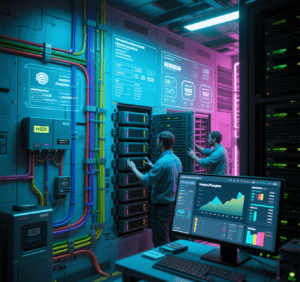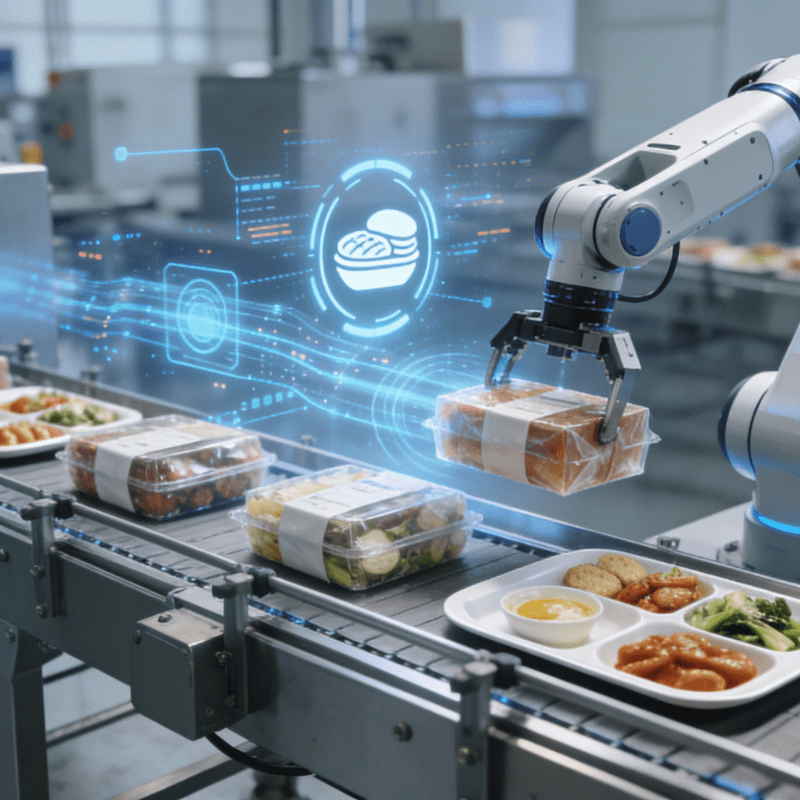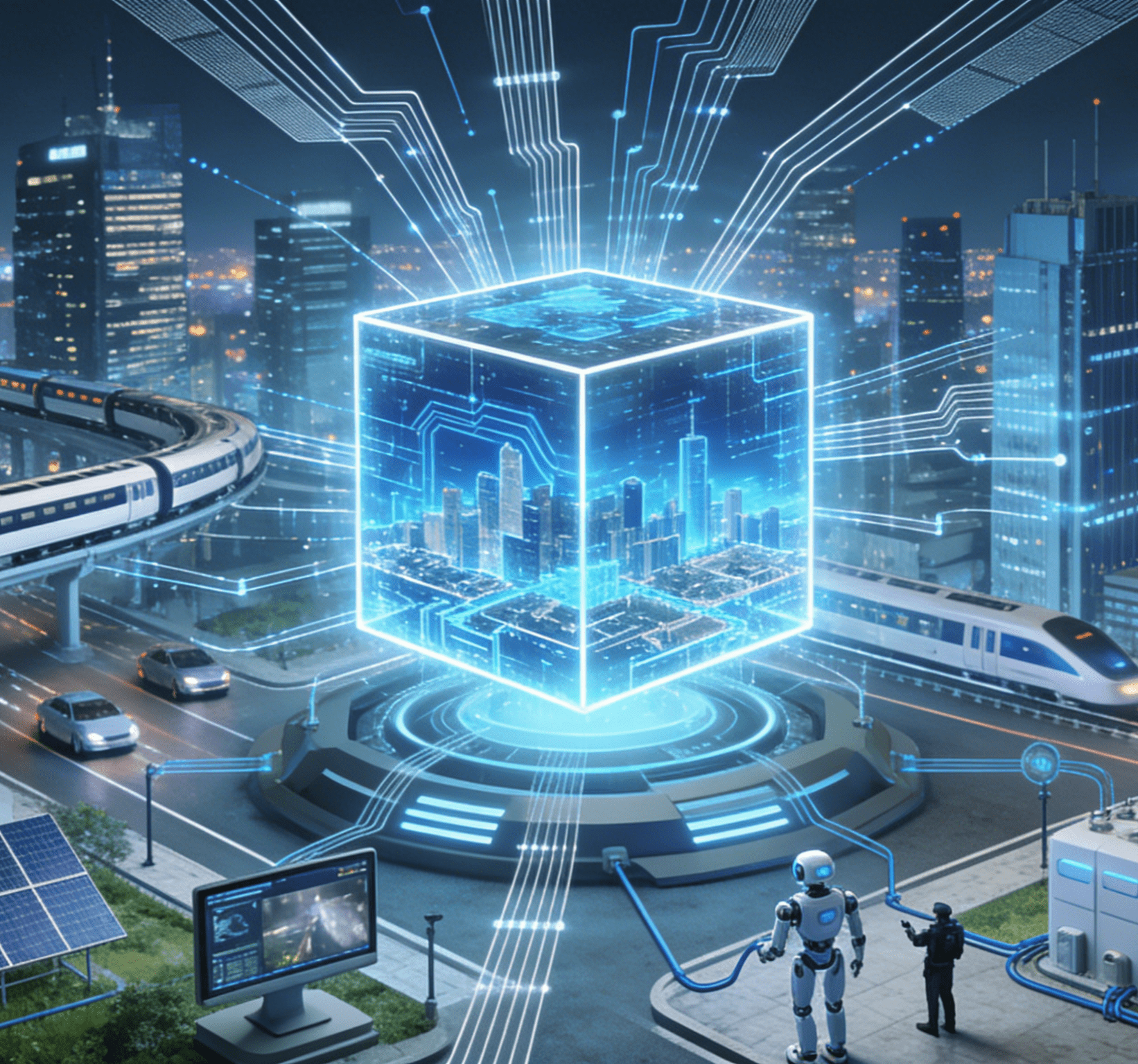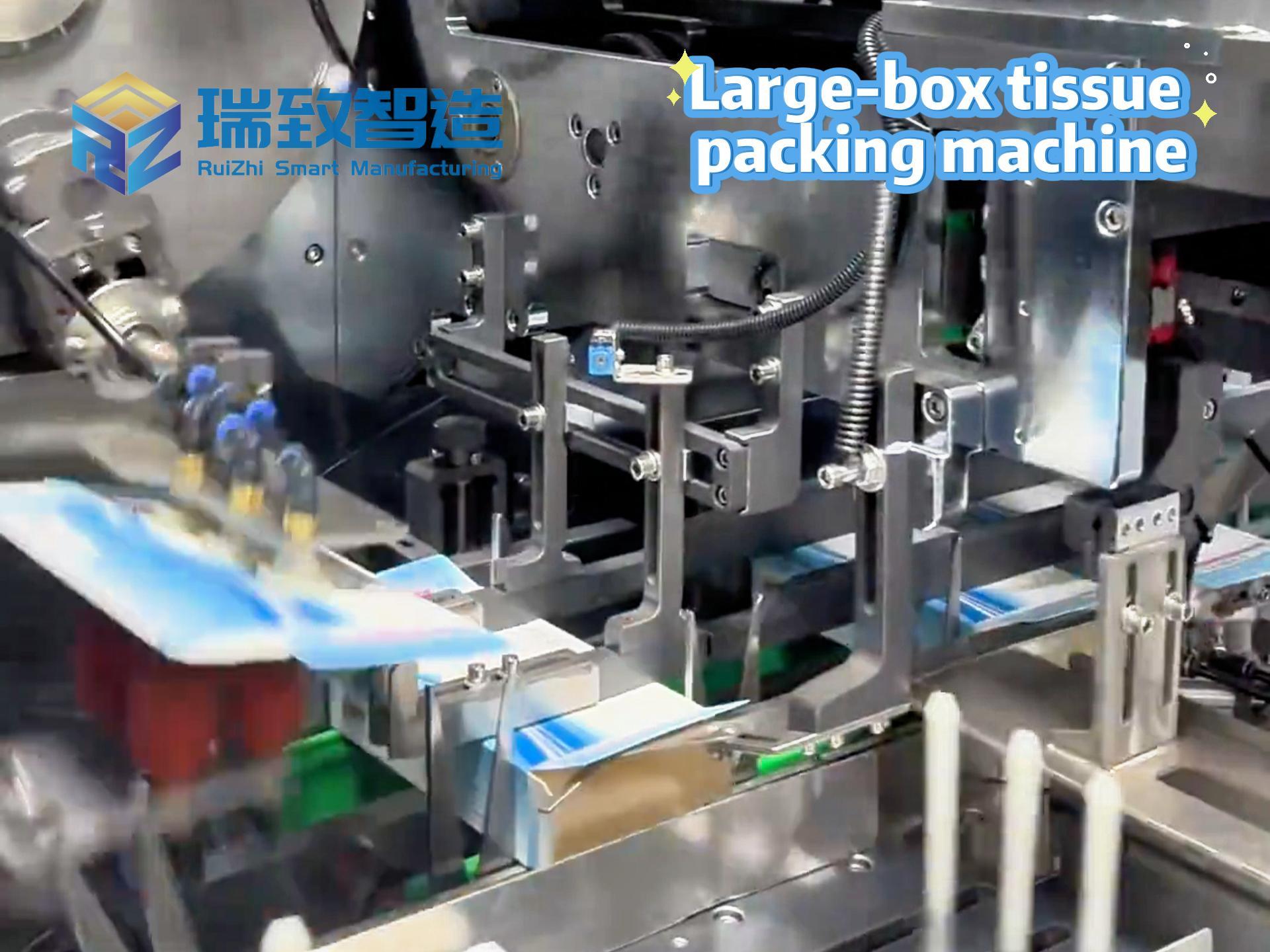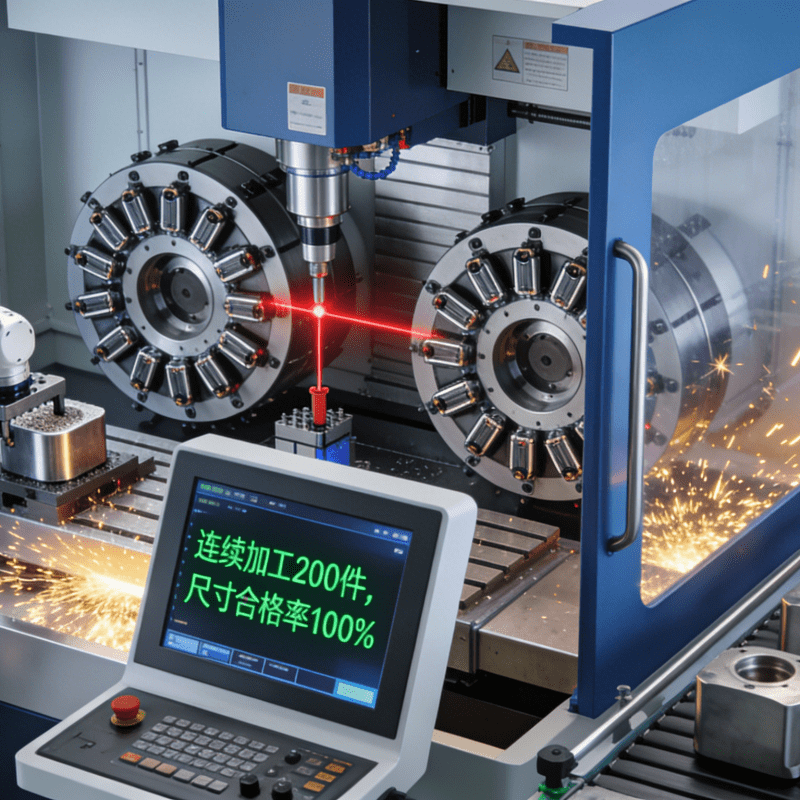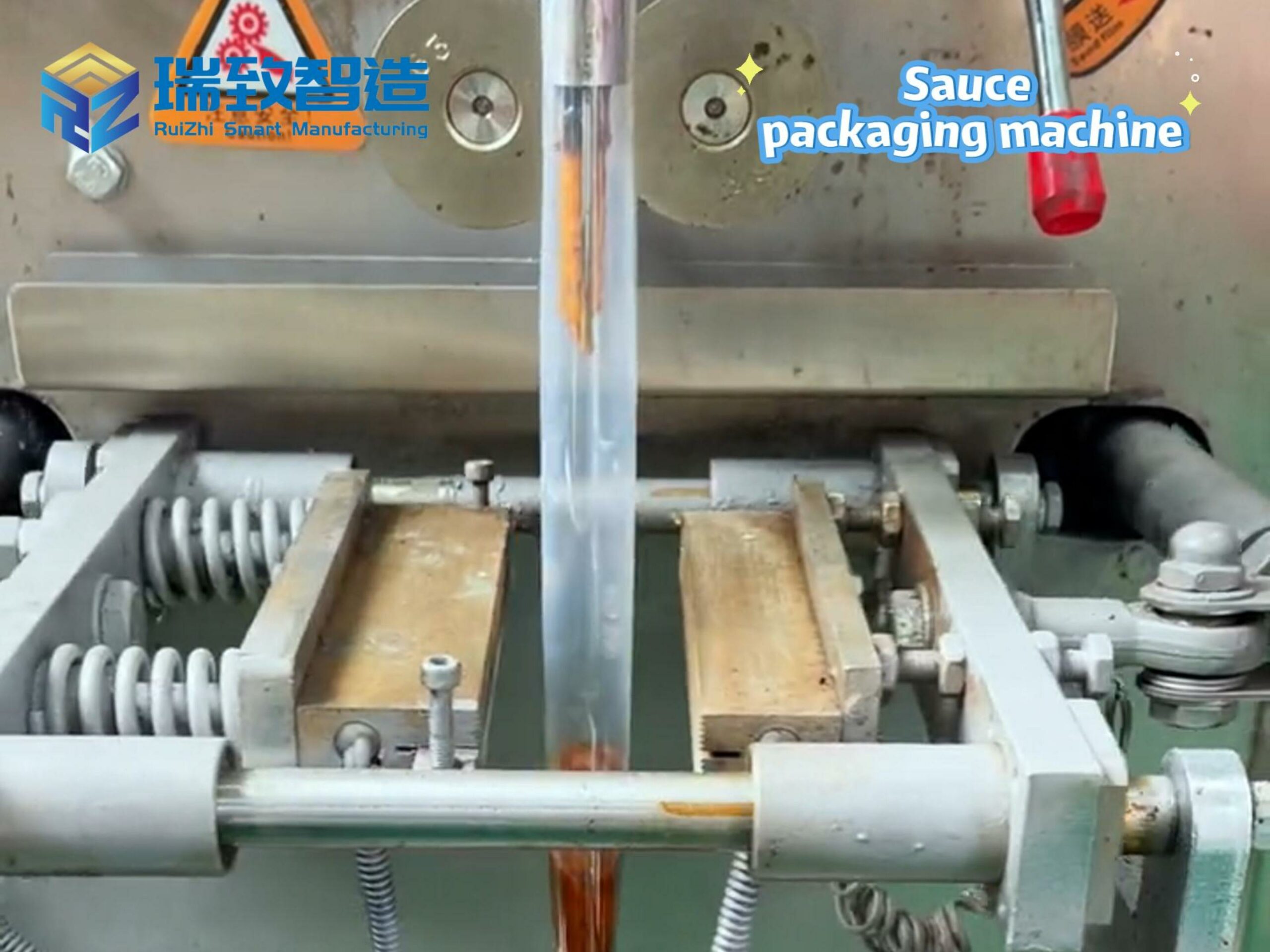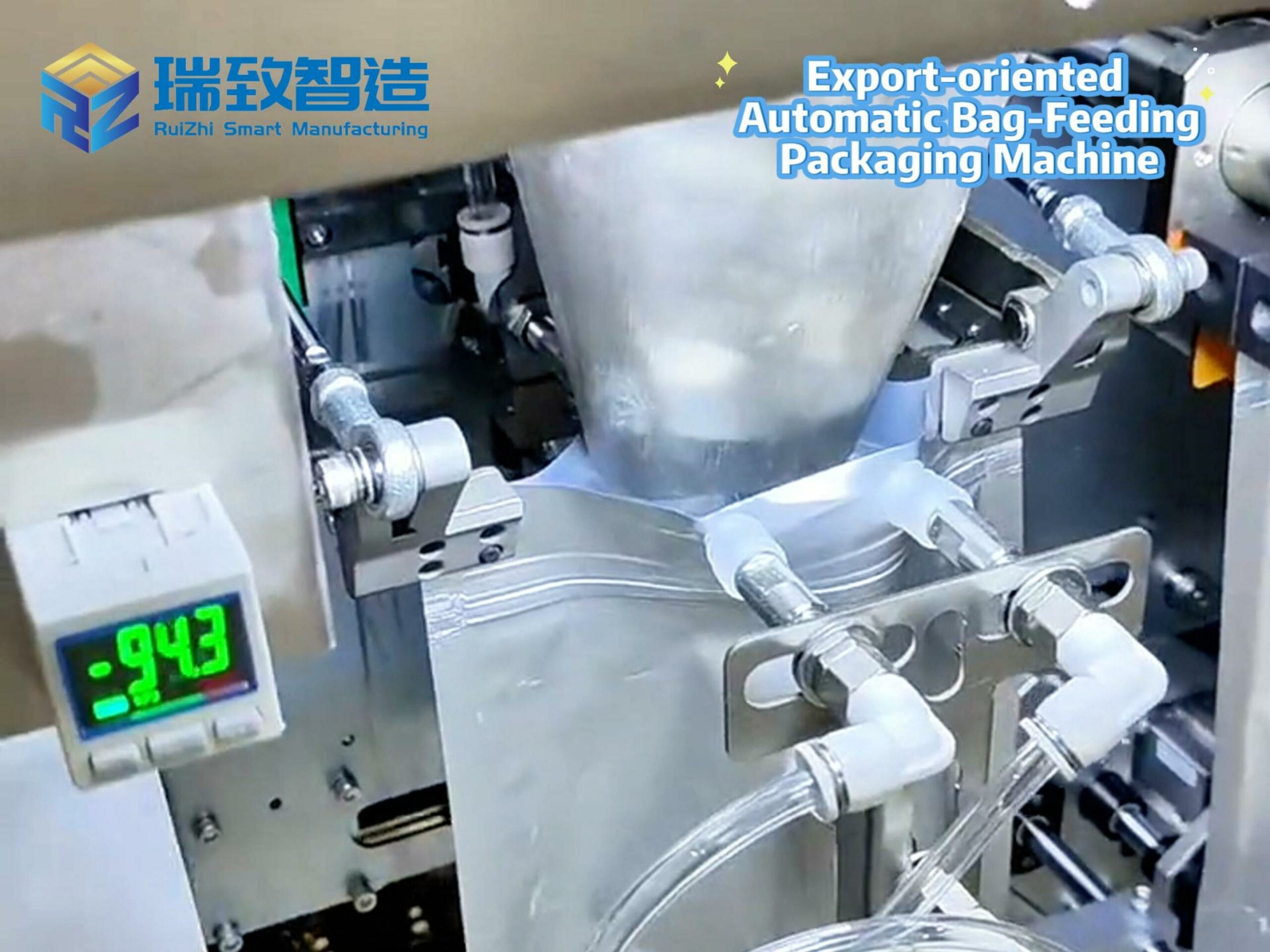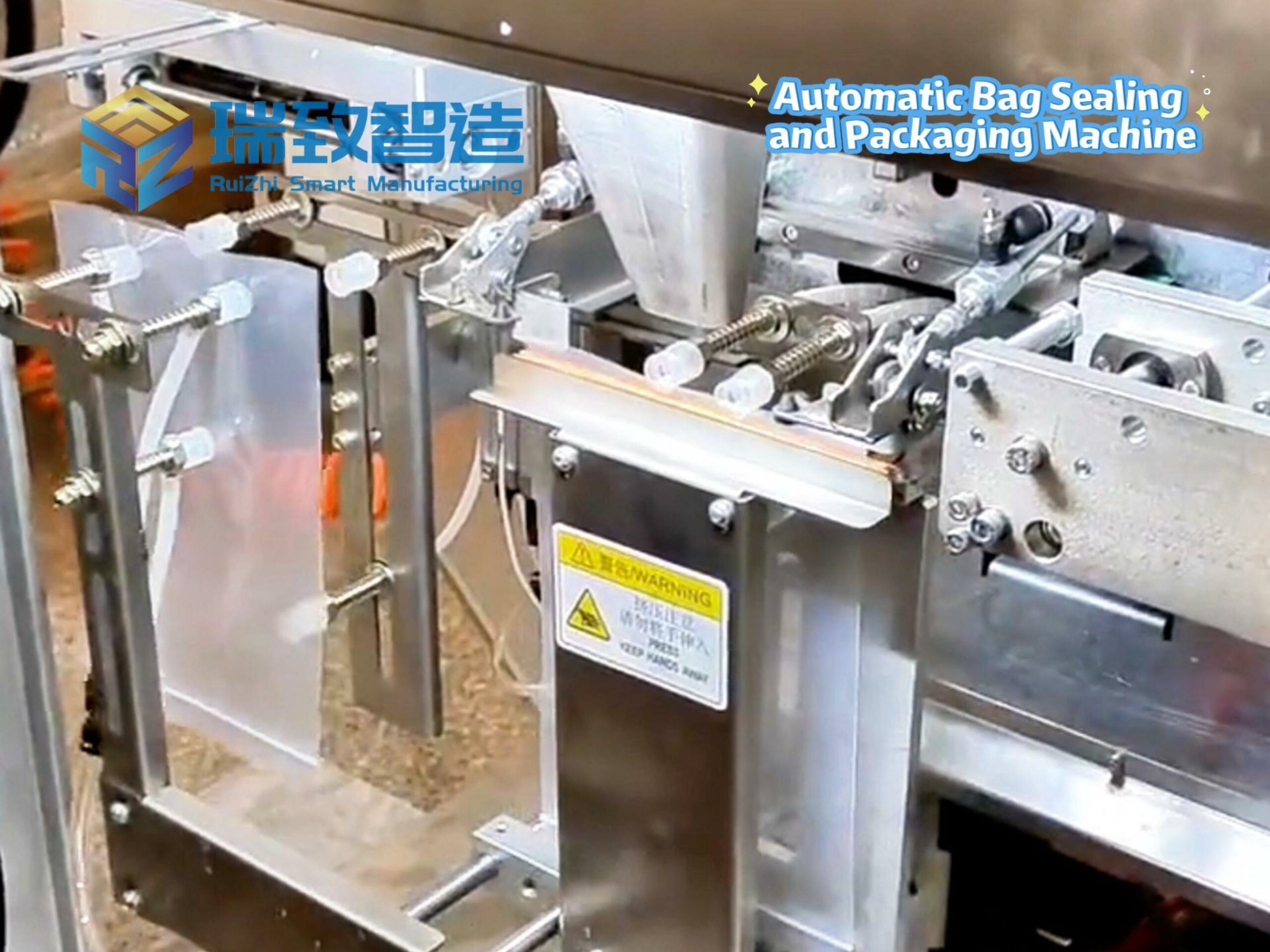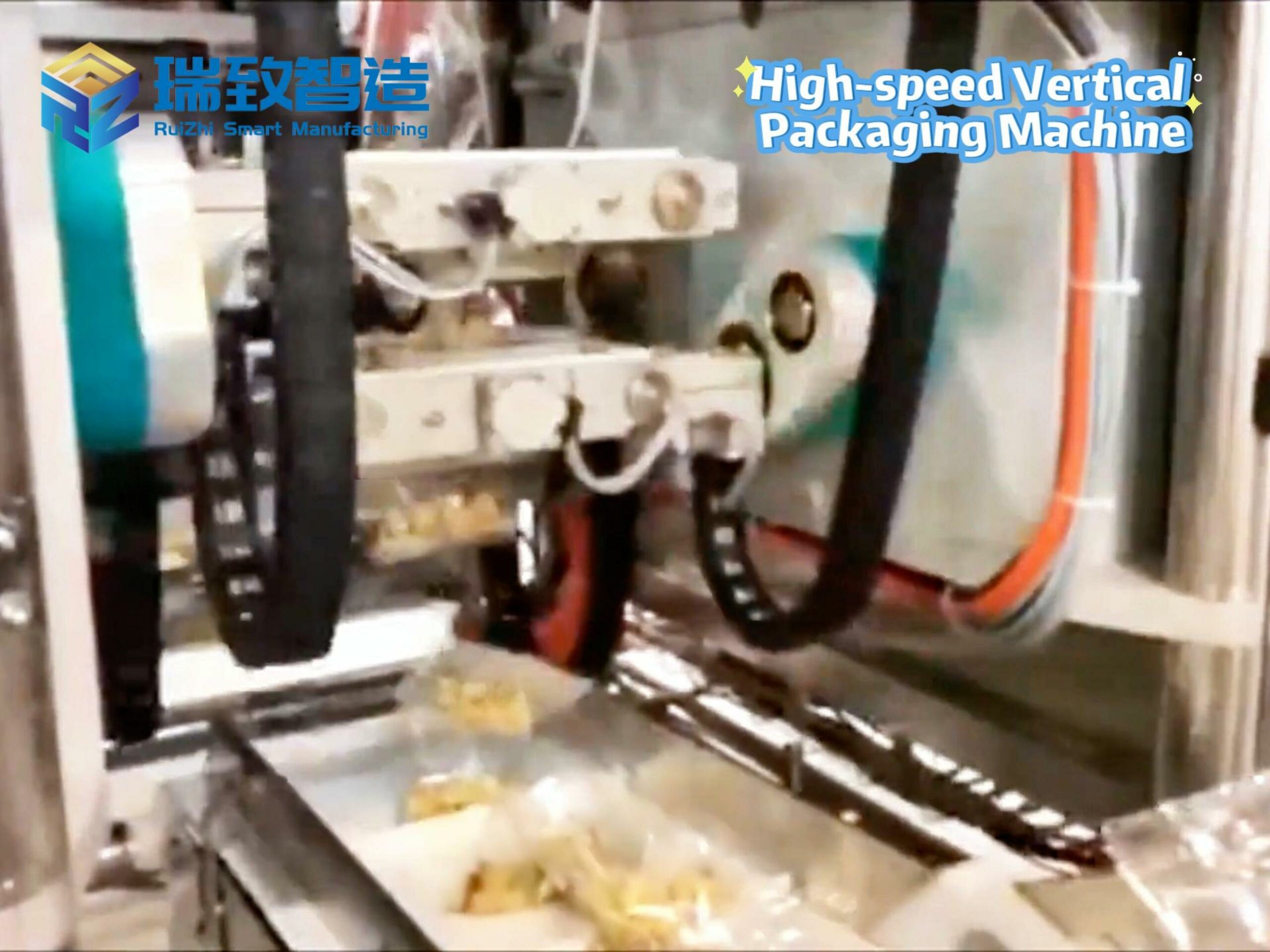Walk into any enterprise data center, and you’ll see the same story unfolding: Racks are filling up faster than ever, cooling systems work overtime, and IT teams are scrambling to keep up with a flood of data. The culprit? Artificial intelligence. New research from Foundry (commissioned by Western Digital) confirms what many already suspect: AI/ML workloads are the top driver of storage growth, with 68% of organizations citing them as the reason for expanding their storage infrastructure.
But this growth comes with a catch. Data centers can’t just “add more storage”—they need to add the right storage. One that handles AI’s need for speed and keeps costs in check. One that scales with growing data and cuts energy use. In short, data centers need an upgrade: one that’s built for AI, but rooted in sustainability and smart economics.
AI Isn’t Just a “Trend”—It’s Reshaping Storage Needs
The numbers are clear: AI/ML isn’t just contributing to storage growth—it’s leading it. The Foundry survey, which included 109 IT decision-makers from midsize and large enterprises, found AI/ML workloads outpace every other driver: private cloud expansion (54%), high-resolution content (45%), and IoT (42%) all trail behind.
This isn’t just about “more data.” AI changes how data is used. Training a machine learning model requires accessing massive datasets repeatedly; a genAI chatbot needs real-time access to recent interactions; compliance demands storing old data for years, even if it’s rarely touched. Each use case has its own “rules”: speed, cost, and access frequency all matter differently.
Unsurprisingly, organizations are responding by diversifying their storage. The survey found most use two or more solutions for AI workloads: Midsize companies lean on hybrid cloud and HDDs (with a side of SSDs), while larger enterprises favor hybrid cloud and cloud object storage. The takeaway? There’s no “one-size-fits-all.” Success depends on matching storage to how AI uses data.
The New Priorities: It’s Not Just About Speed Anymore
When choosing storage, decision-makers are no longer just asking, “Can it keep up?” They’re asking, “Can it last? Can it save energy? Can it fit our budget—now and later?”
The survey lays out the new playbook for storage investments. Top priorities include:
Longevity and durability (90%): Storage needs to handle 24/7 AI workloads without failing.
Total cost of ownership (TCO, 86%): Upfront costs matter, but so do power, cooling, and maintenance over time.
Energy efficiency (82%): With sustainability goals on the line, “green storage” isn’t a nice-to-have.
Sustainability compliance (72%): Reducing carbon footprints is now a business imperative, not just a PR move.
For midsize companies, these pressures hit harder. Sixty percent cite “cost of storage expansion” as their top challenge—far more than large enterprises (43%). They’re also more likely to rely on SSDs, which offer speed but come with higher price tags, making TCO a tighter balancing act.
The Pain Points: AI Amplifies Old Challenges
Storage growth isn’t just about “more space.” Over the past year, average storage demand jumped 27%—and half of organizations saw increases of 25–50% or more. With AI adoption accelerating, these numbers will only climb, and old headaches are getting worse:
Costs: Midsize companies struggle most here, but even enterprises worry about scaling storage without breaking the bank.
Performance vs. latency: AI needs fast access to data, but not all data needs to be “fast.” Wasting high-speed storage on rarely accessed data drains budgets.
Unstructured data: AI thrives on unstructured data (text, images, logs), but managing its growth—let alone making it accessible—feels like herding cats.
Compliance: Storing data for years (for audits or regulations) adds volume, but accessing it rarely. Striking this balance is tricky.
The solution? Stop treating all data the same. “Data isn’t homogeneous,” says one IT leader quoted in the survey. Some needs low latency (real-time AI inference), some needs bulk capacity (training datasets), and some just needs to be stored cheaply (archived compliance logs). This is where tiered storage—matching data to the right storage tier—becomes critical.
Tiered Storage: The Sweet Spot for AI and Sustainability
Tiered storage isn’t new, but AI makes it essential. Here’s how it works in practice:
“Hot” data (high speed, frequent access): Use SSDs or high-performance flash for real-time AI tasks—like a chatbot pulling recent customer data. Their low latency keeps AI responsive.
“Warm” data (moderate access): HDDs shine here. They’re perfect for training datasets (accessed regularly but not in real time) or semi-active logs. With high capacity at low cost, they reduce TCO—critical for scaling AI.
“Cold” data (rare access): Archival tape or low-cost cloud storage handles compliance archives or old training runs. It’s slow, but ultra-cheap and energy-efficient.
The survey backs this up: 82% of organizations plan to increase HDD investments over the next two years (28% “significantly”)—a nod to their role as the workhorse for warm storage, where most AI data lives. Midsize companies, in particular, rely on HDDs and SSDs to balance speed and cost, while enterprises pair them with cloud object storage for scale.
Sustainability: A Bonus That Pays Off
Sustainability isn’t just a “nice goal”—it’s a cost-saver. Energy-efficient storage cuts power bills, and durable hardware reduces e-waste (and replacement costs).
HDDs lead here: They use less energy per terabyte than SSDs, making them ideal for bulk storage. Archival tape uses even less. By leaning into these for warm/cold data, organizations shrink their carbon footprint and lower OpEx.
Midsize companies are already prioritizing this: 88% say energy efficiency is “extremely important” when choosing storage vendors, compared to 74% of enterprises. For them, sustainability isn’t just about compliance—it’s a way to stretch budgets.
Up-Leveling Your Data Center: A Checklist
Ready to upgrade? Focus on three things:
Tier intentionally: Match data to tiers (hot = SSD, warm = HDD, cold = tape/cloud). Don’t overspend on speed for rarely accessed data.
Prioritize TCO, not just upfront costs: Factor in power, cooling, and durability. HDDs often win here for warm storage.
Design for flexibility: AI evolves fast. Choose storage that scales (add HDDs/SSDs easily) and works with hybrid/cloud setups—so you’re not locked into one approach.
The Future: Data Centers That Grow With AI
AI’s data demands will only grow, but data centers don’t have to struggle to keep up. By tiering storage, leaning on HDDs for warm data, and linking sustainability to cost savings, organizations can build infrastructure that powers AI and makes sense for the bottom line.
It’s not about “bigger” data centers—it’s about “smarter” ones. Ones that know which data needs speed, which needs scale, and which just needs to be stored cheaply. Ones that grow with AI, not against it.
The time to up-level is now. Your AI initiatives—and your budget—will thank you.
What are the future development trends of industrial production automation equipment?
What are the common functions of the automatic toilet seat system?

